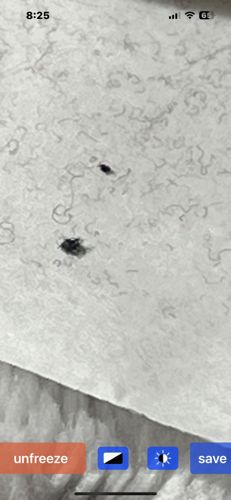Flea
Scientific Name: Ctenocephalides felis (cat flea, most common), Pulex irritans (human flea), etc.
Order & Family: Order: Siphonaptera, Family: Pulicidae (common fleas)
Size: Typically 1-3 mm (0.04-0.12 inches) in length.

Natural Habitat
Fleas are found globally and can infest homes, kennels, and other environments where their hosts reside. They are commonly found in carpets, bedding, upholstered furniture, and cracks in floors, waiting for a suitable host. They thrive in warm, humid conditions.
Diet & Feeding
Adult fleas feed exclusively on the blood of their hosts, which can include mammals and birds. Larval fleas feed on organic debris, including adult flea feces which contain undigested blood.
Behavior Patterns
Fleas are excellent jumpers, able to leap considerable distances relative to their size. They are active most often in warm environments. Their life cycle includes eggs, larvae, pupae, and adult stages, with adults typically making up only a small percentage of the total flea population in an infested environment. They prefer to live on hosts but can survive for a period off a host, especially in carpet, bedding, and pet resting areas.
Risks & Benefits
Risks: Fleas can cause itchy bites, allergic reactions (flea allergy dermatitis) in pets, and are vectors for various diseases and parasites, including tapeworms (Dipylidium caninum) in pets and sometimes humans, and historically, the bubonic plague (via Yersinia pestis) in humans. Benefits: None significant to humans, but they are a food source for some predatory insects and small animals.
Identified on: 8/29/2025